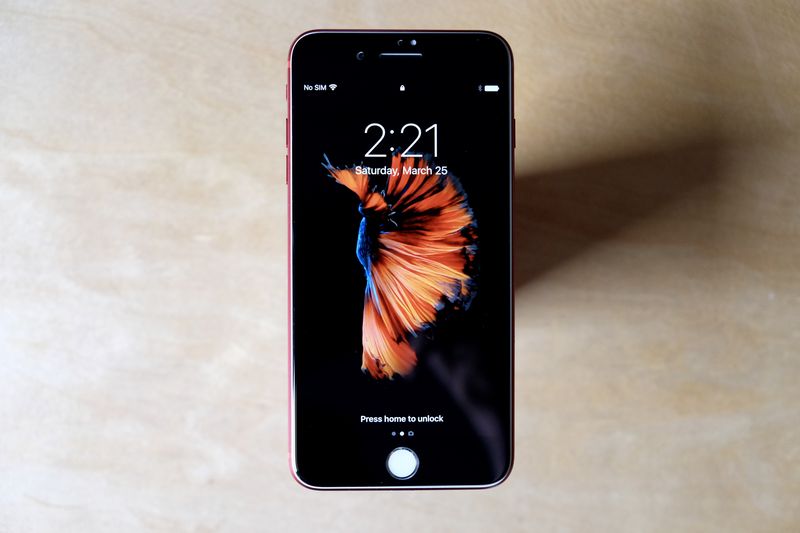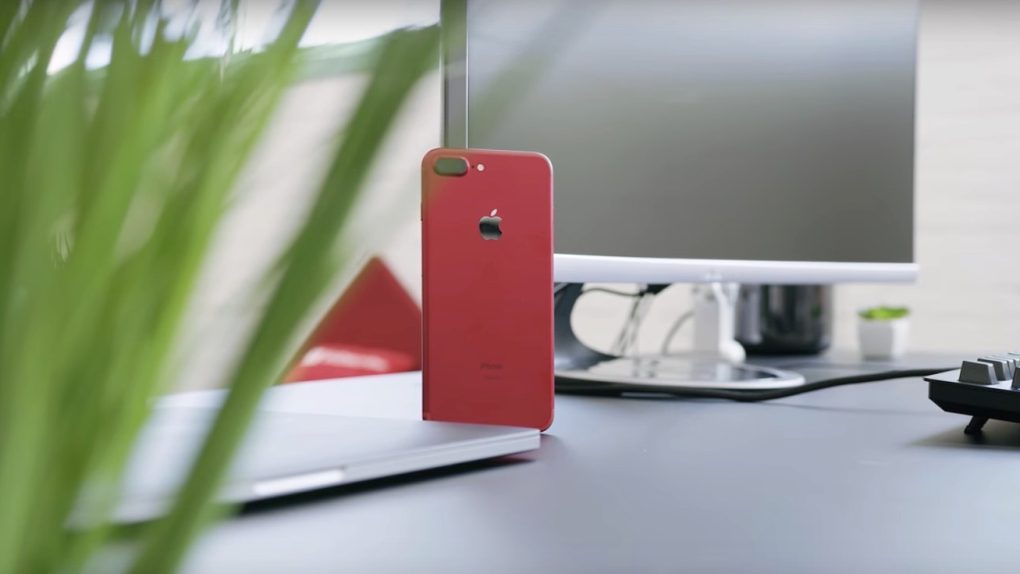The first iPhone to be included in the company’s Product (RED) series went on sale on Friday, and I can’t blame you if you want to buy one. The red iPhone 7 looks spectacular, and that’s pretty much the only reason to choose it over any other iPhone 7 flavor.
However, there is one thing you might not like about Apple’s color choices for the red iPhone 7: the company paired the matte red metal shell with a white glass face rather than a black one. Thankfully, there are ways to fix this “problem,” and you can do it all yourself.
Depending on how much extra money you want to spend on beautifying your red iPhone 7, you can go for a full-screen replacement or for a screen protector.
The first method involves owning a second iPhone 7, either a black matter or Jet Black version. You can also order the entire screen assembly if you so desire, which is a cheaper option.
What you’ll want to do is take the whole front side of the black phone, and install it on your red iPhone 7. The procedure is rather simple, but things can go wrong. You’ll need the proper tools to replace the screen yourself and plenty of patience. Also, this entire trick will likely void your Apple warranty. And there is a major downside if you go down this route: Touch ID functionality will be disabled because the phone would detect the unauthorized screen replacement.
YouTube channel JerryRigEverywhere has a clip that shows you how it’s all done:
Now that we got the expensive and more difficult method out of the way let’s check out the simpler one.
This one involves applying a black screen protector on top of the display of your iPhone. The entire thing costs as little as $8, and will not void your warranty. If you were planning to use a screen protector with the iPhone, then this is the best option. We already showed you two screen protectors that come in black, and are available on Amazon for $8 and $14.
If the added thickness isn’t a problem — after all, you were going to use a screen protector in the first place — there is one thing you won’t like. The cheaper “procedure” does not fix the color of the home button, which will remain white, as seen in the following image. However, the Touch ID sensor will still function as intended.









